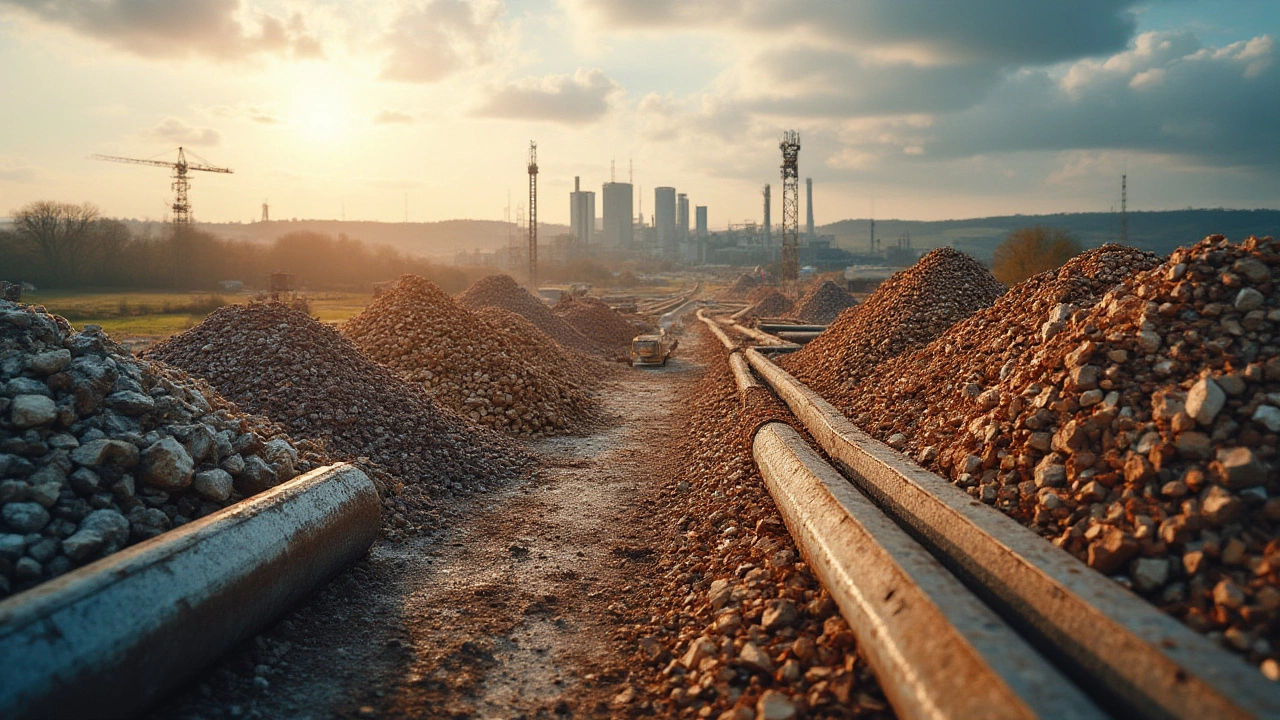Natural Resources in Construction: Why They Matter
When you hear "natural resources" you might picture forests or rivers, but in construction they’re the raw stuff that turns into walls, roofs, and foundations. Knowing where these materials come from helps you keep costs down and the planet happy.
Most building projects rely on a handful of key resources: timber, stone, sand, gravel, and cement ingredients. Each has a supply chain, price swings, and environmental impact. If you understand those basics, you can spot cheaper alternatives or plan for delays before they hit your site.
Choosing the Right Materials
Start by asking yourself three questions: Is the material locally available? Does it meet the project’s strength needs? How does it affect the building’s long‑term energy use? For example, using locally‑sawn timber cuts transport costs and often gives you a fresher, stronger product.
Recycled concrete and reclaimed brick are another smart move. They reuse waste that would otherwise sit in a landfill, and they usually cost less than brand‑new stone. Just check the supplier’s quality guarantees so you don’t trade savings for weak walls.
Managing Resources on the Site
Even the best material choices can go wrong if you waste them on the job. Keep a tight inventory, order just enough to avoid overstock, and protect materials from weather damage. A simple covered area for timber can save you up to 20% of your budget by preventing rot.
Talk to your contractor about waste‑reduction plans. Many firms now separate scrap for recycling rather than sending it to dump. That not only lowers disposal fees but also earns you points on sustainability checklists that many clients now require.
Finally, think about the whole building lifecycle. A resource‑heavy roof that needs frequent replacement will cost more over 30 years than an upfront investment in durable, low‑maintenance material. Balance short‑term savings with long‑term performance, and you’ll see a better return on every pound spent.
Bottom line: Natural resources shape every part of a construction project, from price tags to environmental footprints. By picking the right supplies, protecting them on site, and planning for the future, you make a smarter build that saves money and respects the planet.

